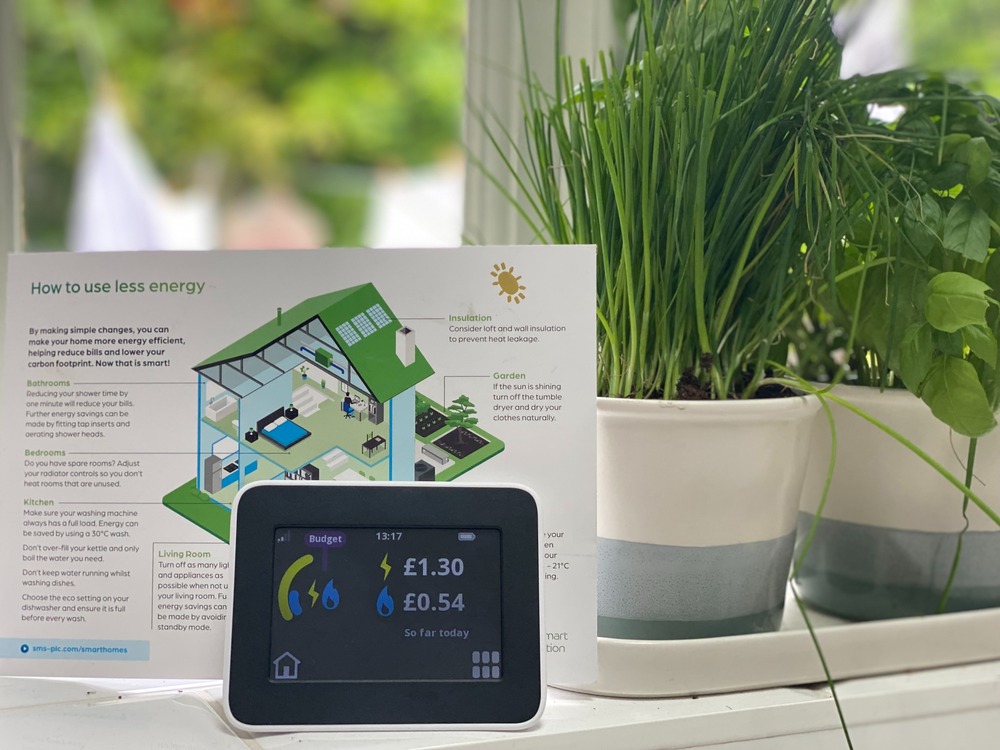Yassir Awan, Director, SBA Property Management

As freezing temperatures continue this winter, we must heat our buildings effectively and efficiently – particularly during the ongoing energy crisis.
To do so, we must consider energy performance levels – the measure of a building’s energy efficiency versus the amount of energy it requires.
Energy Performance Certificates (EPCs) are used to track a building’s energy efficiency, rating it from A to G based on efficiency to estimate the likely cost of heating and lighting the property. EPCs are informed by SAP ratings, essentially an energy efficiency ‘score’.
With an outcome between 1 and 100+, SAP ratings compare the energy performance of different properties. A high SAP rating indicates lower fuel costs and associated carbon emissions, the ideal outcome for tenants.
Energy Performance Certificate data from the years between 2017 and 2022 has shown that London and the South East scored an average of 84.
Further lowering energy costs for households is essential this winter to improve this score and set 2023 in good stead. So, how do we go about this?
Install energy efficient fittings
Installing energy efficient fittings is a key way to improve and enhance energy performance. With a typical household’s energy bill attributing half of the costs to providing heating and hot water, you could make big savings by installing energy efficient fittings and using them effectively.
Lighting makes up 11% of the average UK household electricity consumption. A simple change, such as switching to energy-efficient LED lights, could help you save energy this winter.
Additionally, if you don’t want to replace your boiler but your controls are more than 14 years old, you should upgrade your heating controls.
Introducing a smart meter at home is a great way to help you monitor your energy use, by making your average consumption more transparent. Seeing what you’re using and when can help you implement small changes, which will build a streamlined energy performance overall. For instance, by remembering to turn your electrical appliances off at the plug, you could save around £35 a year on your energy bill.
Know when to turn your heating on/off
An inexpensive and simple way to reduce your energy consumption is to take advantage of free heating by opening your curtains during the day and letting the sun naturally warm up your space. It is important to remember to close them before the sun goes down, as heat can be lost via windows due to their lack of dependable insulation.
Simply covering your windows before it grows dark can reduce heat loss by 13-17%, so insulated curtains could be a worthwhile investment to better the energy performance of your building.
Room thermostats are a great way to drive energy efficiency, as they turn the heating on until it reaches the chosen temperature. Thermostats should ideally be set between 18-21 degrees Celsius – even turning down your room thermostat by a small amount will save you money and reduce your household carbon footprint.
Smart thermostats are even more superior as they adjust temperature settings with optimal energy efficiency in mind, taking into account your schedule by turning off when you need it less, for instance, when you are away or asleep.
Take a look at your boiler
Maintaining your boiler allows it to operate efficiently and saves you the cost of potential repairs in the future. If your boiler is more than ten years old, it is best practice to consider replacing and investing in a more efficient condensing model. Modern boilers are generally more energy efficient, and although they may seem costly in the first instance, they will save you money and energy waste in the long run.
Make use of secondary heating sources
If you’re staying in one place for a while, like many of us when working from home, consider using an electric heater. By doing so, you bypass heat loss and wasted energy from your central heating system and save yourself some money.
Electric heaters are particularly useful when one room is significantly colder than others. However, they should be restricted to use in smaller areas to maximise efficiency.
Keep it all in with insulation
Around a third of the heat that escapes in an uninsulated home is lost through the walls, so ensuring your property has proper insulation on both solid and cavity walls can help retain the heat and lower your energy bills.
If you live in a house or reside on the ground floor, insulation under the floorboards should be considered to prevent losing heat from the bottom of the building. Similarly, insulating your roof or loft space for those on top floors will also lower energy usage.
Pipe insulation can also reduce heat loss by keeping your water hotter for longer and minimising the energy required to reheat it. It is possible to install yourself in most cases, making it an accessible and easy way to improve energy efficiency. The energy performance of typical dwellings is usually Band D, however, they can reach Band B with some quick and simple refurbishments.
At SBA Property Management, our buildings are insulated as much as possible to mitigate potential losses to tenants. We also implement an energy billing system in some of our larger buildings whereby tenants only pay for the energy they use and are billed quarterly.
By doing so, our tenants have access to an equal and fair system, allowing them to feel more at ease in their homes, knowing they won’t have any surprises regarding their energy bills.